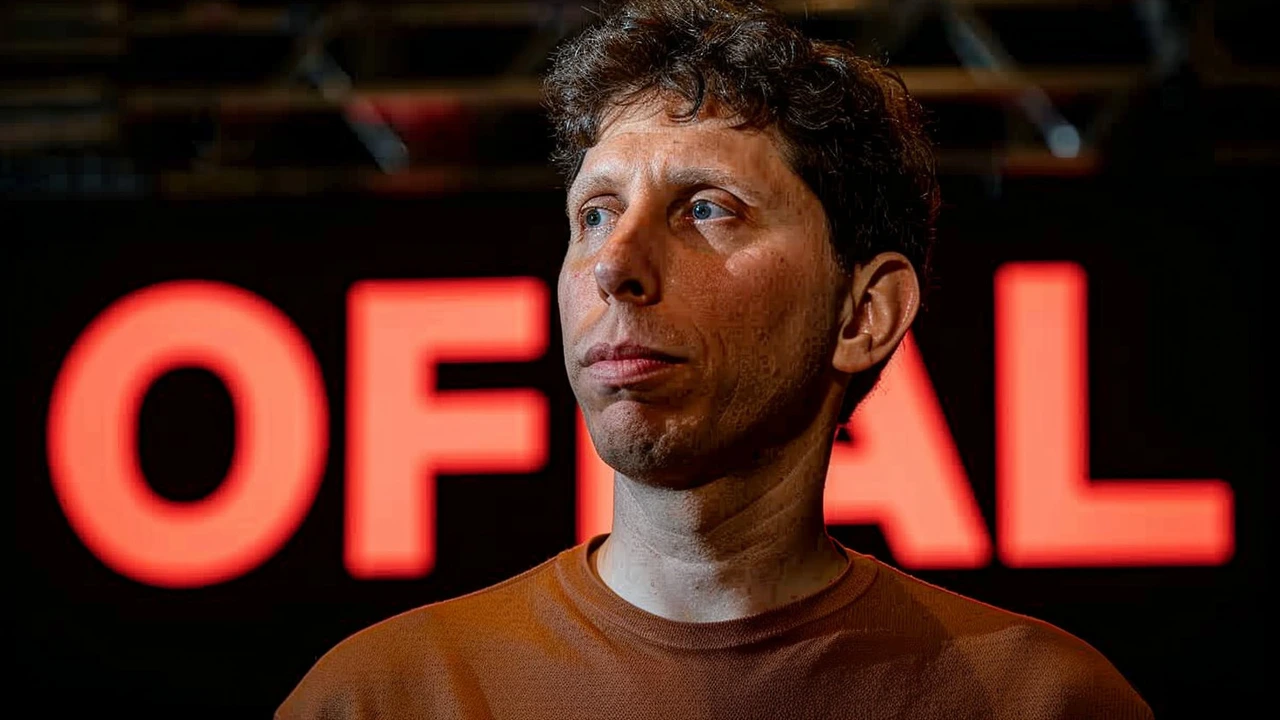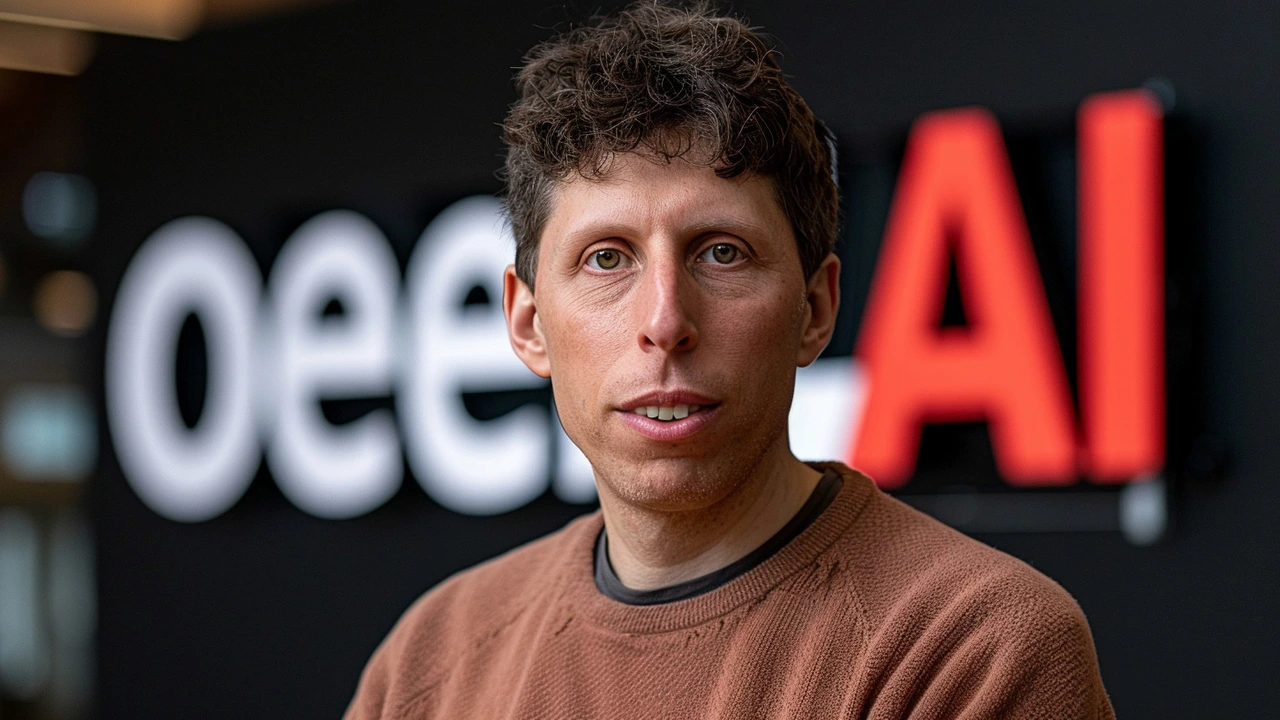OpenAI CEO Tackles the Challenge of AI Interpretability
Sam Altman, the CEO of OpenAI, recently opened up about his company’s ongoing battle with understanding its artificial intelligence models. Speaking at the AI for Good Global Summit in Switzerland, Altman candidly admitted that OpenAI continually struggles to fully comprehend how its AI systems generate outputs. This issue, known within the field as AI interpretability, is not an isolated problem for OpenAI. It is a significant challenge faced by almost every organization working with sophisticated AI technologies.
Industry-Wide Problem
AI interpretability is a term that describes how well humans can understand the decisions and outcomes produced by AI systems. This is a critical aspect as AI becomes more integrated into various applications, from healthcare to finance. However, despite substantial progress in AI development, many models operate in 'black box' modes, where even their creators do not fully grasp their internal processes.
Altman emphasized during the summit that although there are significant challenges in understanding these systems, OpenAI's models are generally considered to be safe and robust. His comments align with a broader concern in the industry, as highlighted in a recent UK government report. This document suggested that improving model explanation and interpretability techniques could significantly enhance our understanding of general-purpose AI systems, which are becoming increasingly powerful and ubiquitous.
Efforts and Investments in Understanding AI
Altman's remarks underscore a broader narrative in the AI community: making AI systems more transparent and understandable is a steep hill to climb. OpenAI is not alone in this quest. Companies like Anthropic are also pouring resources into interpretability research. Anthropic, for example, has made considerable investments in understanding the inner mechanisms of their models, driven by the belief that better interpretability equals better safety and control.
One of Anthropic's notable endeavors is their deep dive into one of their large language models, known as Claude Sonnet. This examination represents a pivotal step for the company as they attempt to uncover the complex layers and mechanics of their AI systems. By doing so, they hope to develop models that not only perform better but also pose fewer risks.

The Importance of AI Safety
The unresolved questions around AI interpretability have fueled ongoing debates about AI safety and the risks associated with artificial general intelligence (AGI). Altman's comments at the summit were not just a reflection of OpenAI’s internal challenges but echoed broader industry concerns. AGI, which refers to highly autonomous systems that outperform humans in most economically valuable work, poses significant risks if not properly understood and controlled.
AI safety is thus not a trivial matter. In fact, the conversation around AI safety often revolves around ensuring that the incredible power of AI does not go awry. Researchers and developers are constantly balancing innovation with caution. They aim to harness the capabilities of AI while ensuring that these technologies do not cause unintended harm.
Collaborative Solutions
The call for collaborative efforts in the AI community has never been louder. Institutions across the globe are recognizing that tackling AI interpretability requires shared knowledge and joint efforts. Conferences, summits, and collaborative projects are becoming more common, aiming to pool expertise and resources to make meaningful progress in this field.
One of the key recommendations from industry experts is the development of standard interpretability frameworks. Such frameworks would provide consistent guidelines and methodologies for evaluating and understanding AI models. This would not only advance transparency across organizations but also establish trust with the public and regulatory bodies.
Steps Forward
While the road to fully interpretable AI is long and fraught with challenges, the industry is making strides. Companies like OpenAI and Anthropic are leading the way, dedicating significant resources and attention to this critical issue. Their efforts paradoxically highlight both the potential of AI and the necessity of rigorous checks and balances to ensure these systems are beneficial and safe.
In tandem with technical advancements, there is a growing push for regulatory measures. Policymakers are increasingly aware of the implications of opaque AI systems. There is an emerging consensus that regulations need to evolve alongside technology to mitigate risks and promote transparency.

Conclusion
In conclusion, the admission by OpenAI's CEO Sam Altman about the struggles with AI interpretability brings to light a fundamental gap in the current state of AI technology. It serves as a reminder of the complexities involved in developing sophisticated AI systems and the necessity of industry-wide efforts to address these challenges. As AI continues to advance, the importance of making these systems understandable and controllable cannot be overstated. The journey towards fully interpretable AI is ongoing, but the collective efforts of the industry offer a promising path forward.

Write a comment